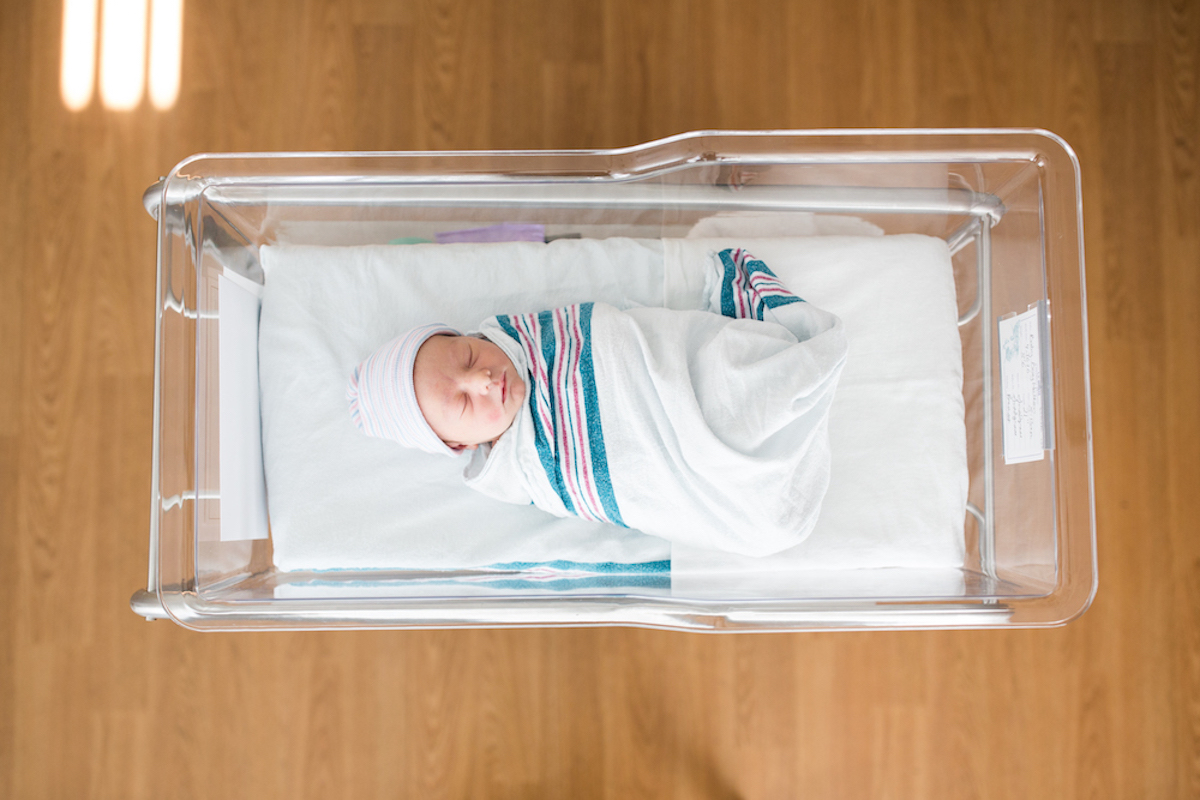In 1980, 8.6 percent of first births were to women over 30; by 2015 this was 31 percent. This is more than an interesting demographic fact. It means that many of us are having children much later than our parents did. By the time a baby arrives, many of us have been through school, spent time in the working world, developed friendships, hobbies. And through all of these activities, we have probably grown used to the idea that if we work harder — at our jobs, at school, at banking that personal record in the half marathon — we can achieve more.
Babies, however, often do not respond to a diligent work ethic. Take, as an example, crying.
When my daughter, Penelope, was an infant, she was typically inconsolable between 5 and 8 p.m. I’d walk her up and down the hall, sometimes just crying (me crying, that is — obviously she was crying). I once did this in a hotel — up and down, up and down, Penelope screaming at the top of her lungs. I hope no one else was staying there. I tried everything — bouncing her more, bouncing her less, bouncing with swinging, bouncing with nursing (difficult). Nothing worked; she would eventually just exhaust herself.
I wondered whether this was normal. I’m an economist, someone who works with data. I wrote a book on using data to make better choices during pregnancy; it was natural for me to turn to the data again once the baby arrived
And here, faced with crying, I found that the data was helpful. We often say babies are “colicky,” but researchers have an actual definition of colic (three hours of crying, more than three days a week, for more than three weeks) and some estimates of what share of babies fit this description (about 2 percent). But the same data can also tell us that many babies cry just a bit less than that, and almost 20 percent of parents report their baby “cries a lot.” So I was not alone. The data also told me the crying would get better, which it eventually did.
But I also found, more so than in pregnancy, that there are limits to the utility of general information.


















Log in